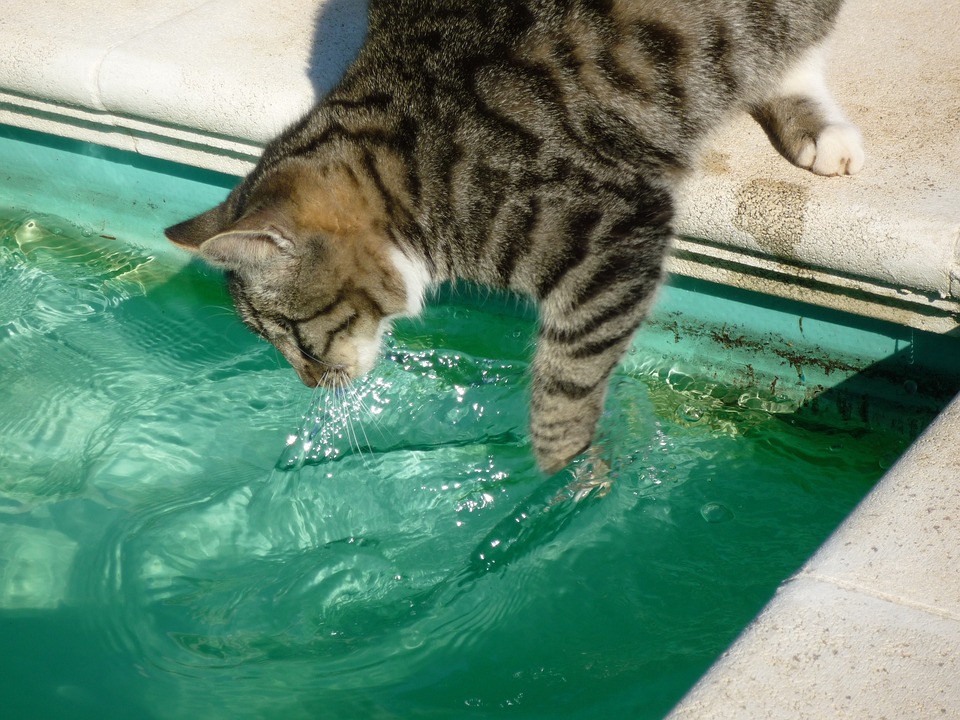Bottom feeders may not be the flashiest or most eye-catching fish in your aquarium, but they play a crucial role in maintaining a healthy and balanced aquatic ecosystem. These unsung heroes, also known as scavengers or detritivores, help keep your tank clean and free from waste accumulation. In this article, we will explore the top choices for bottom feeders and how they contribute to the overall health and balance of your fish tank.
Why Are Bottom Feeders Essential for Your Fish Tank?
Bottom feeders serve as the cleanup crew of your aquarium, consuming leftover food, decaying matter, and algae that settle on the tank floor. By doing so, they prevent the accumulation of waste that can lead to water pollution and negatively impact the health of your fish. Additionally, bottom feeders play a crucial role in breaking down organic matter, contributing to the overall balance and stability of the tank.
Top Choices: The Best Bottom Feeders for Your Aquarium
1. Corydoras Catfish: These small, armored catfish come in a variety of patterns and colors. They are active during the day and are peaceful and social creatures. Corydoras catfish require a sandy substrate and ample hiding places.
2. Plecostomus (Plecos): Plecos are armored catfish that come in various sizes and have unique patterns. Most Plecos are nocturnal, remaining hidden during the day and active at night. They need ample hiding spots and driftwood to rasp on.
3. Bristlenose Plecostomus: Smaller than regular Plecos, Bristlenose Plecos have bristle-like appendages on their noses. They are active during the day, peaceful, and compatible with most fish. Provide them with hiding spots, driftwood to rasp on, and some vegetation.
4. Snails (Nerite, Mystery, and Malaysian Trumpet Snails): Snails are available in various sizes and colors. They are excellent for algae control. Snails are nocturnal and will consume algae and leftover food. However, be cautious with Malaysian Trumpet Snails, as they tend to multiply rapidly.
5. Dwarf Shrimp (Cherry, Amano, and Ghost Shrimp): These small and vibrant shrimp add color and diversity to your aquarium. They are active throughout the day and consume leftover food and algae. Provide hiding spots and ensure they are not housed with aggressive tank mates.
FAQs: Answering Your Bottom Feeder Queries
Q: Can bottom feeders survive solely on leftover food and decaying matter?
A: While bottom feeders do consume leftover food and decaying matter, it is essential to supplement their diet with specialized sinking pellets or wafers to ensure their nutritional needs are met.
Q: Will bottom feeders eat live plants in my aquarium?
A: Most bottom feeders primarily consume algae and decaying matter, not live plants. However, some species, such as plecos, may rasp on driftwood or consume softer plants. Be cautious and provide alternative food sources if necessary.
Q: How many bottom feeders should I add to my tank?
A: The number of bottom feeders you can add depends on the tank size and the species’ individual requirements. A general guideline is to have 1-2 bottom feeders per 10 gallons of water.
Q: Can bottom feeders coexist with other fish species?
A: Yes, most bottom feeders are peaceful and can coexist with a wide range of fish. However, it is essential to consider compatibility and avoid aggressive tank mates that may harm or stress them.
In conclusion, including bottom feeders in your fish tank is crucial for maintaining a healthy and balanced aquatic environment. From scavenging leftover food to consuming algae and decaying matter, these unsung heroes play an essential role in tank cleanliness. By selecting the appropriate species and providing optimal care, you can enhance the overall health and vibrancy of your aquarium. So, why wait? Dive into the world of bottom feeders and unlock the potential of your fish tank!









